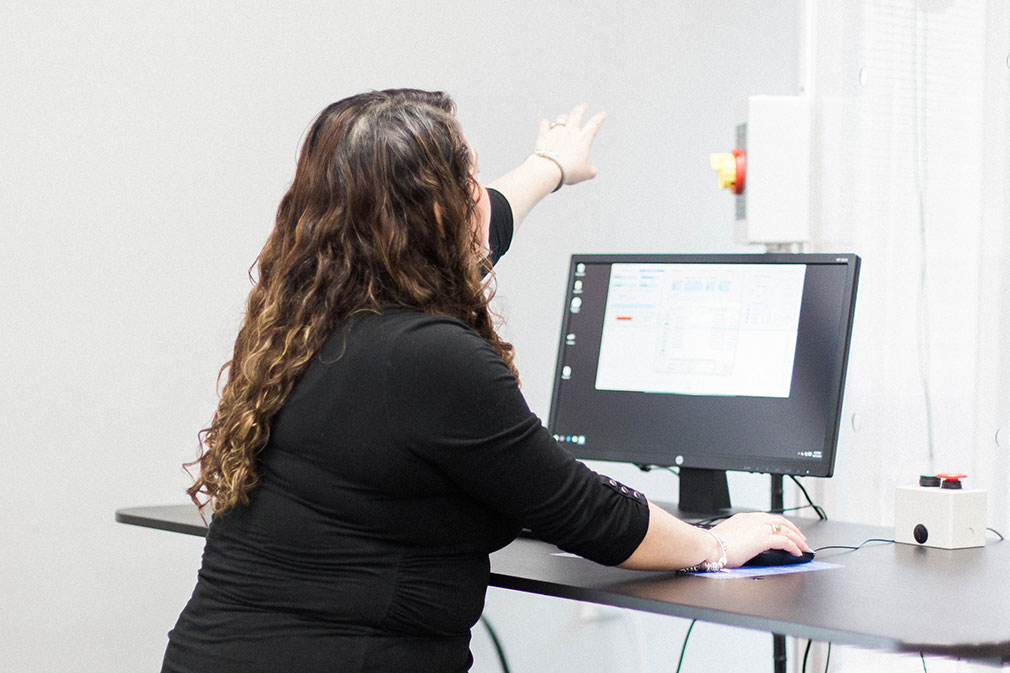Ask Dr. Nick
On today’s episode, Dr. Nick talks about the brain activity in Tourette Syndrome. Tourette syndrome is a hyperkinetic movement disorder meaning that there is excessive movement and activity in the individual. These are normally in the form of motor tics (like facial expressions or blinking) or vocal tics (loud sounds/words, even profanities). The disorder starts early in life between the ages of 4-6, but only a third of the individuals maintain the disorder in adulthood. It is thought to arise from maldevelopment of the brain, especially how the cortex communicates with deeper structures. This faulty loop is called the cortico-striato-thalamo-cortical circuit. Dysfunction in the form of over- or under-activation of areas can lead to the tic generation and expression. Check out the video for more in depth information on Tourette syndrome and how we treat it!
- Neuner I, Werner CJ, Arrubla J, et al. Imaging the where and when of tic generation and resting state networks in adult Tourette patients. Front Hum Neurosci. 2014;8:362.
- Rae CL, Critchley HD, Seth AK. A Bayesian Account of the Sensory-Motor Interactions Underlying Symptoms of Tourette Syndrome. Front Psychiatry. 2019;10:29.




